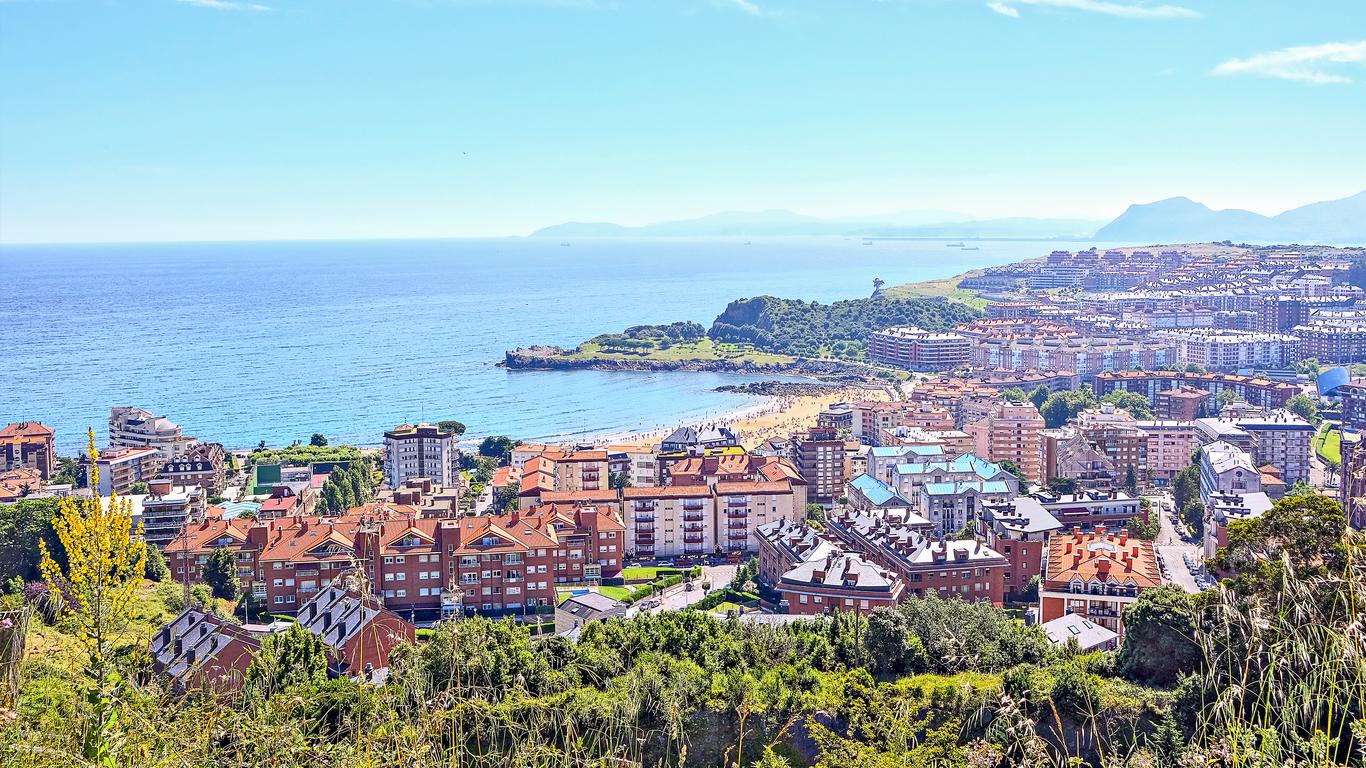Overlooking the Bay of Biscay, Castro Urdiales is a historic seaport that was established atop the Roman colony of Portus Amanum. It is believed to have once been a hub for the mining of iron, although fishing and the preservation of anchovies and sardines are its main industries today. Castro Urdiales is renowned for its medieval landmarks that include a Gothic-style church and a waterfront fortress.
Things to do in Castro-Urdiales
Dominating the waterfront of Castro Urdiales is Santa Ana Castle, a 12th-century fortress featuring 15-metre-high corner towers. In 1853, a lighthouse was erected on the site and offers magnificent views across the coast. Changing exhibitions on historical and artistic themes are held within the castle.
Adjacent to Santa Ana Castle is the magnificent Church of Santa Maria de la Asuncion, which exhibits elements of the French Gothic architectural style. Originally built in the 13th century, it was continually added to until the 19th century, with high vaults, flying buttresses and wide naves. Highlights of the interior include paintings by Francisco de Zurbaran and a sculpture of the Virgen Blanca.
Hugging a bay north of Castro Urdiales is Playa Ostende, which is often referred to as the “slaughterhouse” due to an abattoir that was once located nearby. Globally inspired eateries and a children’s playground back the beach, which provides a setting for swimming in the Cantabrian Sea. On the other side of town is the small cove of Playa Brazomar and the waterfront walking trails of Parque Cotolino.
Getting around Castro-Urdiales
Castro Urdiales is around 30 minutes’ drive from Bilbao and 35 minutes from Bilbao Airport, which has flights to destinations across Europe and North Africa. Buses travel to Castro Urdiales and the town is small enough to explore on foot.





